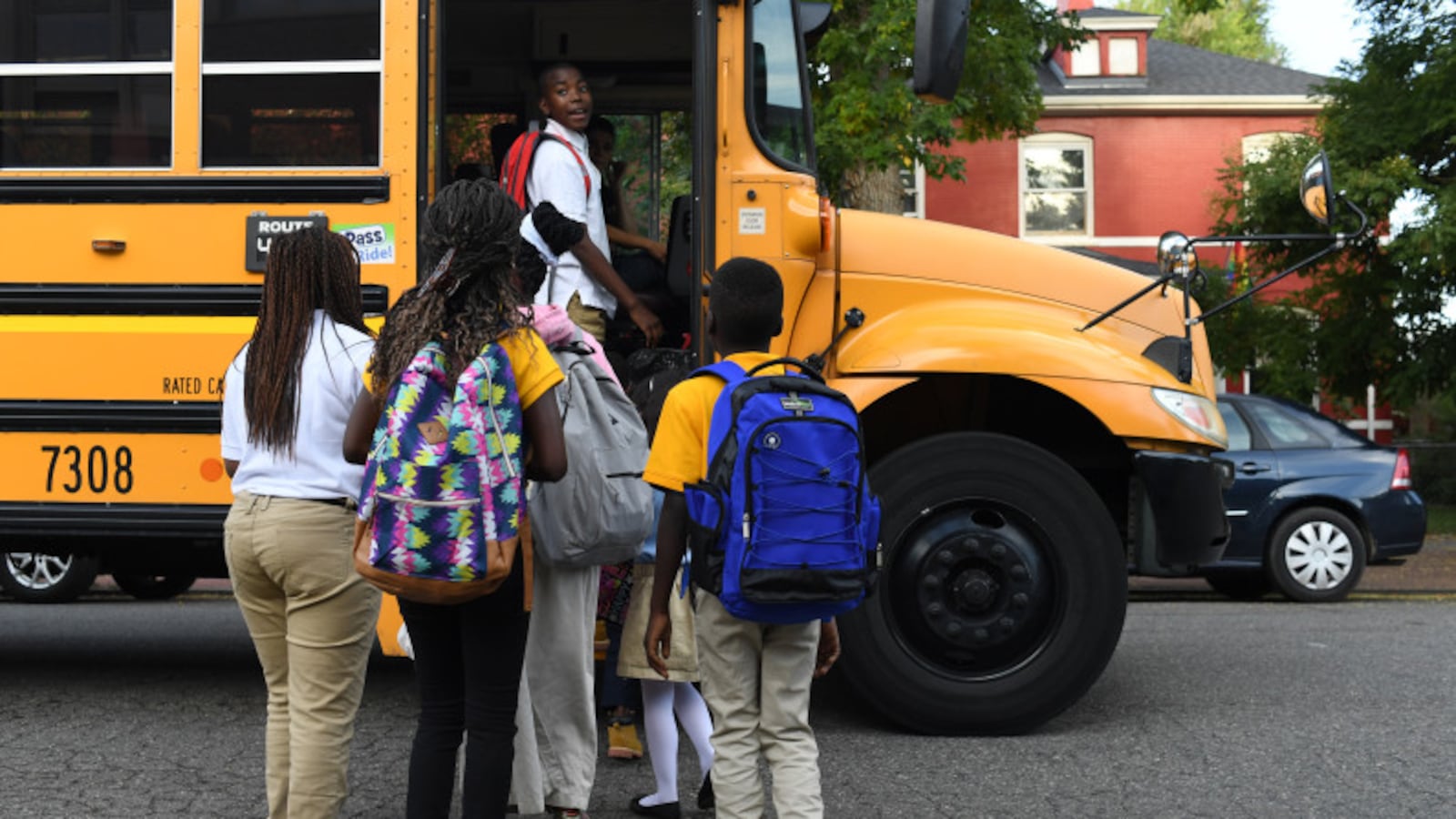With the quiet release last week of a 96-page budget document, Denver Public Schools may have become the most financially transparent school district in the country.
The document, called the Budget Transparency Guidebook, details how the state’s largest school district spends the $10,806 it budgets for each of its 92,600 students. Most of that money – $6,854 per student – goes directly to schools to spend as they see fit.
The rest – $3,952 per student – is spent on services that benefit schools but are budgeted centrally. The document provides a description of each service and what it costs.
It’s a bold move, but perhaps not a surprising one from a district unafraid to experiment with new and controversial ideas, such as giving all district-run schools the flexibility to choose their own curriculum, or encouraging all students to request to attend any school in the district.
The goal, Superintendent Tom Boasberg said, is to be more upfront with taxpayers about how Denver Public Schools spends its money. The district has asked Denver voters three times in the past decade to approve tax increases to benefit schools. Their willingness to do so is one of the reasons Denver can afford to spend about $10,000 per student although the state sends less than that. Colorado ranks nearer to the bottom than the top in the country for education spending.
“We rely, in Colorado, on voters’ trust and voters’ support for our work in education,” Boasberg said. “And we know that at the heart of that trust lies a high degree of transparency.”
Jonathan Travers, a partner at the Massachusetts-based nonprofit Education Resource Strategies, saw an early draft of the document. He said it’s unlike anything else he’s seen.
“There’s a little bit of courage required here,” Travers said. “If you’re transparent, you can expect that to change people’s behavior. I think by doing this, Denver is saying it’s open and wanting to move forward with what this transparency produces.”
The document shows, for example, that library services – which include buying materials for school libraries and providing training for librarians – cost $24.84 per student this school year.
The district also spent $10.90 per student to refine the elementary math curriculum and coach teachers how to use it; $3.09 per student on Boasberg’s office; and $5.82 per student on services meant to help mediate conflicts between families and the district.
The document notes instances where more than half of the budget for a particular service is spent directly inside schools – and there are a lot of them.
They include $147.50 per student for teacher stipends, including pay incentives for teachers who work in the district’s most challenging schools. They also include $174.32 per student for certain special education services, including “center-based programs” that serve students with more severe needs.
That doesn’t mean Denver Public Schools spent only $174.32 per student with a disability this year. Rather, the $174.32 was calculated by dividing the $16.1 million budget for the center-based programs and other special education services by all 92,600 students in the district to come up with the “per student” cost of providing those services.
Boasberg said the document has already proved useful to district officials working to prepare next year’s budget. In the past, officials would get a spreadsheet showing how much money each department was spending on personnel or technology, for example. But they couldn’t see the services those personnel were providing to gauge whether it was money well spent.
Having more detail led officials to propose moving more money out of the central office and directly into schools, Boasberg said. Some of the changes have been controversial.
Boasberg hopes the document also busts some myths. Critics often accuse Denver Public Schools of having a bloated administration. The document shows 5 percent of the district’s $958 million budget this year was spent on central administration.
One way the document is not meant to be used, officials said, is as a menu of services to help the schools in Denver’s “innovation zone” pick and choose which services they want to pay for and which they don’t.
One key feature of the zone is that it allows the schools within it to opt out of paying for some district services and get back the amount of money they would have spent. The zone schools can then use that money to pay for things tailored to their specific needs, such as another psychologist or an additional reading teacher.
District officials talked about expanding that flexibility to a larger set of schools, which is why they began working on a document that quantifies how much each service costs per student. But officials abandoned that plan, in part because it was too complex.
The district produced the document anyway. For the sake of comparison, the document lists the per-student cost of each service based on a total enrollment of 92,600 students. The reason the document can’t be used as a menu for zone schools is because when zone schools are opting out of a service such as elementary math curriculum, the district divides the cost by the number of elementary students – not all district students – and gives that money back to the zone schools, said Mark Ferrandino, the district’s chief financial officer.
District officials said they’re ready for the conversations the document might spark.
“There’s usually a tendency to not want to be this transparent because it will raise questions,” Ferrandino said. “When you’re talking about how you spend dollars in a democracy, people have different opinions. But we think it’s important those debates do happen, in a context where people understand the facts.”
Read the full document below.

